
Dental Abscess Symptoms, Treatment & Causes
Dental Abscess Symptoms, Treatment & Causes
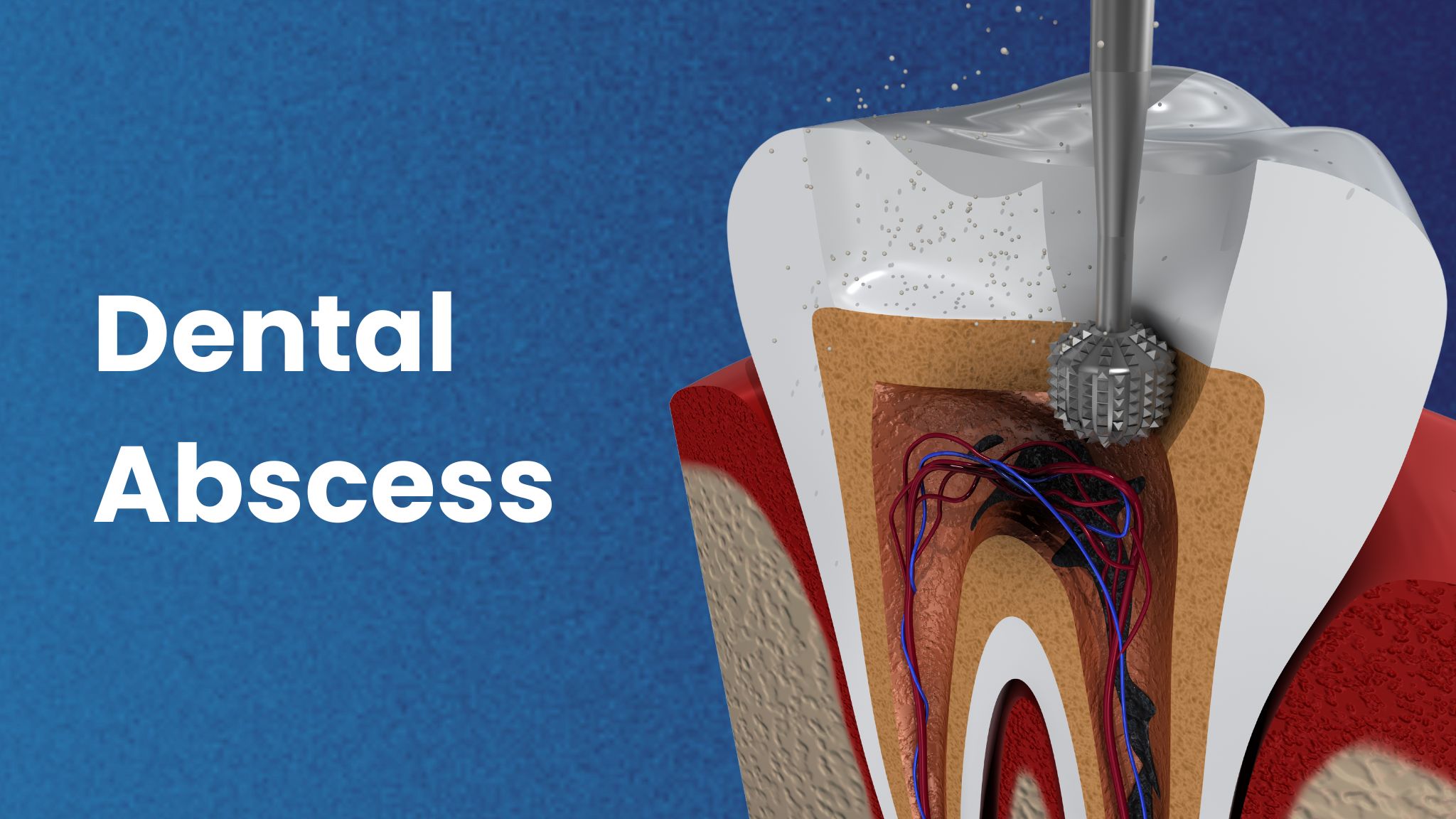
Dental Abscess: Symptoms, Treatment, and Causes
A dental abscess is much more than a mere inconvenience. It is the body’s way of signaling that something deeper requires attention—both physically and spiritually. Rooted in imbalance, it manifests as a painful reminder of the delicate harmony necessary to maintain our oral health and overall well-being.
If you’ve experienced throbbing dental pain or noticed unusual swelling around your gums, it might be your body’s gentle but urgent call to action. This post will guide you through understanding the symptoms, causes, and treatment of dental abscesses, offering insights that not only clarify but also empower.
What Is a Dental Abscess?
At its core, a dental abscess is an infection that occurs as a result of bacteria penetrating the sensitive inner layers of your tooth or gum tissue. This infection creates a pocket of pus, reflecting the body’s defense mechanisms attempting to fight off unwelcome invaders.
While its physical presence is painful, a dental abscess can also serve as a gentle teacher, urging us to pay closer attention to how we nurture ourselves—specifically, the care we devote to our oral health. Left untreated, it can escalate, potentially spreading infection and impacting broader aspects of our well-being.
Symptoms of Dental Abscess
Recognizing the signs of a dental abscess is the first step toward addressing this intrusive issue. By paying attention to these symptoms, you allow yourself the opportunity to act before the condition worsens. Common symptoms include:
Throbbing Dental Pain: Pulsating or constant discomfort that often intensifies over time.
Swollen or Tender Gums: A noticeable swelling around the infected area, often warm to the touch.
Fever and General Malaise: Signs that your body’s immune system is responding to the infection.
Sensitivity to Hot or Cold: Extreme sensitivity when consuming beverages or foods at varying temperatures.
Bad Taste or Breath: This often occurs as a result of the abscess rupturing and releasing pus.
Your body’s signals demand respect and action. These are not merely random inconveniences; they are part of a larger message your body is sending, one that shouldn’t be ignored.
What Causes a Dental Abscess?
Behind a dental abscess lies a chain of events often rooted in habits and patterns that may go unnoticed in the busyness of life. Though the causes are physical, they also direct us toward areas where mindful attention may be missing.
Poor Oral Hygiene: Irregular brushing, flossing, and dental check-ups create an environment where bacteria thrive.
Tooth Decay: When cavities remain untreated, they act as gateways for bacteria to enter the tooth’s deeper structure.
Gum Disease: Conditions like periodontitis can weaken gum integrity, making room for infection to develop.
Dental Trauma: Accidents that crack or chip teeth can expose vulnerable layers, increasing infection risk.
Each of these causes serves as a gentle reminder that preventive care is not merely an obligation, but a compassionate ritual of self-love and preservation.
Types of Dental Abscess
Not all dental abscesses are the same. Understanding the different types brings clarity to what might otherwise feel like an overwhelming experience.
Periapical Abscess
This type originates at the tip of the tooth’s root, often caused by untreated cavities or injuries. It symbolizes an issue deeply rooted, potentially unnoticed for some time. Addressing it involves removing the infection from its source.
Periodontal Abscess
This variety emerges within the gums, near the tooth’s base, and often stems from gum disease. It represents an imbalance in the foundational structures that hold everything together. Restoring balance starts with cleaning and nurturing these spaces.
Diagnosing and Treating a Dental Abscess
Treating a dental abscess requires expert care and attention. Dentists work with precision to identify the infection’s root cause and offer methods to restore harmony in your oral health.
Diagnosis
An X-ray is typically used to locate and assess the abscess. The information it reveals often brings clarity to the problem, allowing for an informed approach to healing.
Treatment for Dental Abscess
Drainage: Your dentist may start by draining the abscess, providing immediate relief from pressure and pain.
Root Canal Therapy: For a periapical abscess, root canal treatment clears out the infection while preserving your tooth.
Antibiotics: Prescribed to combat lingering bacteria and prevent the spread of infection.
Tooth Extraction: If the damage is beyond repair, removing the tooth may be the kindest solution to restore balance.
Each treatment option is a step toward resolving not just the immediate problem but also its impact on your overall well-being, with the Best Teeth Implant Hospital in India ensuring comprehensive care and lasting solutions for your dental health.
Preventing Dental Abscesses
Awareness is the first layer of prevention. Taking conscious steps to maintain oral health can safeguard you from the turmoil of dental abscesses. Simple, consistent actions hold the power to transform your health.
Brush and Floss Regularly: Twice a day brushing combined with daily flossing removes bacteria and keeps decay at bay.
Visit Your Dentist Routinely: Dental check-ups allow early detection of problems before they escalate.
Eat a Balanced Diet: Nourishing your body with whole, nutrient-dense foods strengthens your teeth and gums.
Stay Hydrated: Water rinses away food particles and sustains oral hygiene between meals.
When we care for ourselves in these small, deliberate ways, we not only prevent physical issues but also honor the balance within us.
Listen to Your Body’s Call for Balance
A dental abscess may feel like an unwelcome guest, but it also carries hidden wisdom. It asks us to tune into our habits, recognize areas where attention is lacking, and take action to restore harmony.
If you suspect you have a dental abscess or are feeling the early signs of pain, don’t hesitate—reach out to a trusted dentist today. This act of self-care could prevent further discomfort and ensure a healthier, more balanced you.
Remember, oral health is not just a physical practice; it’s a mindful commitment to your well-being, a gentle reminder that small actions can lead to powerful transformations.


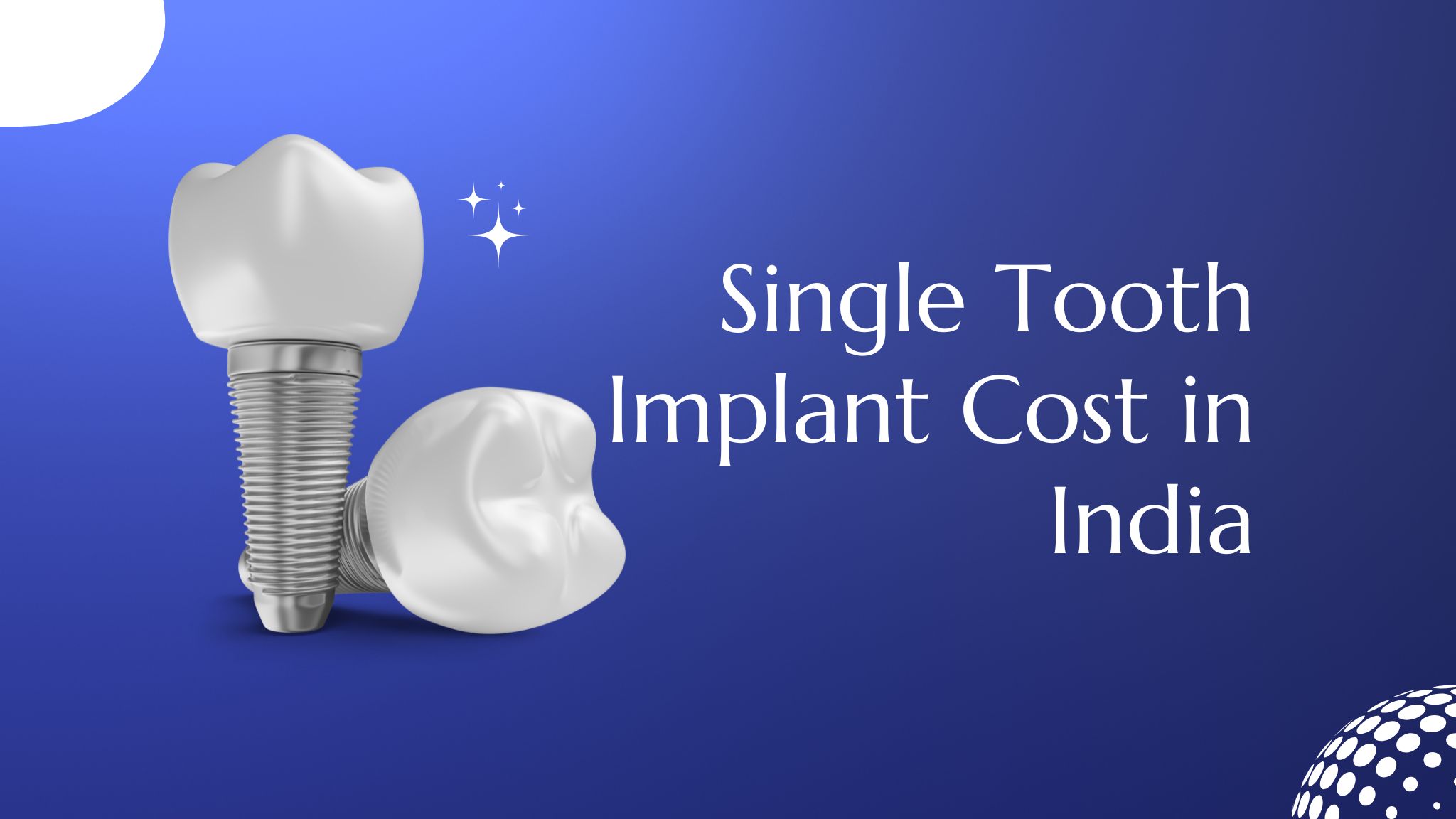




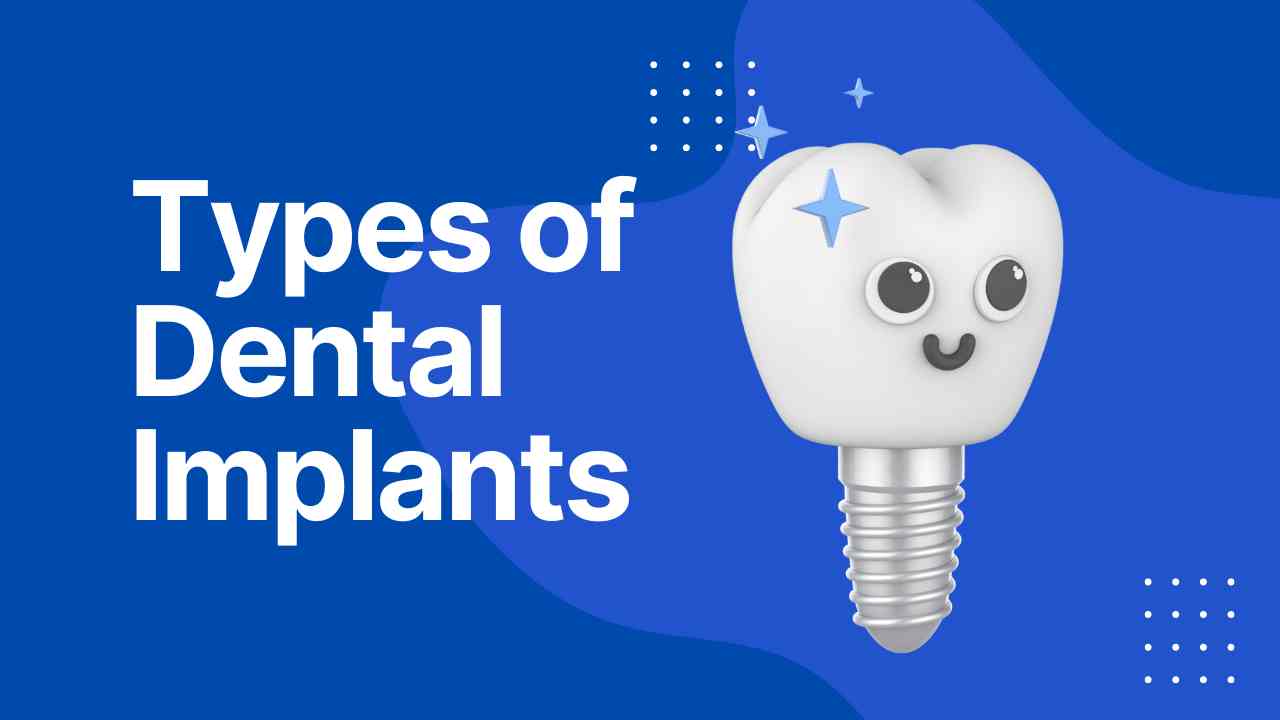
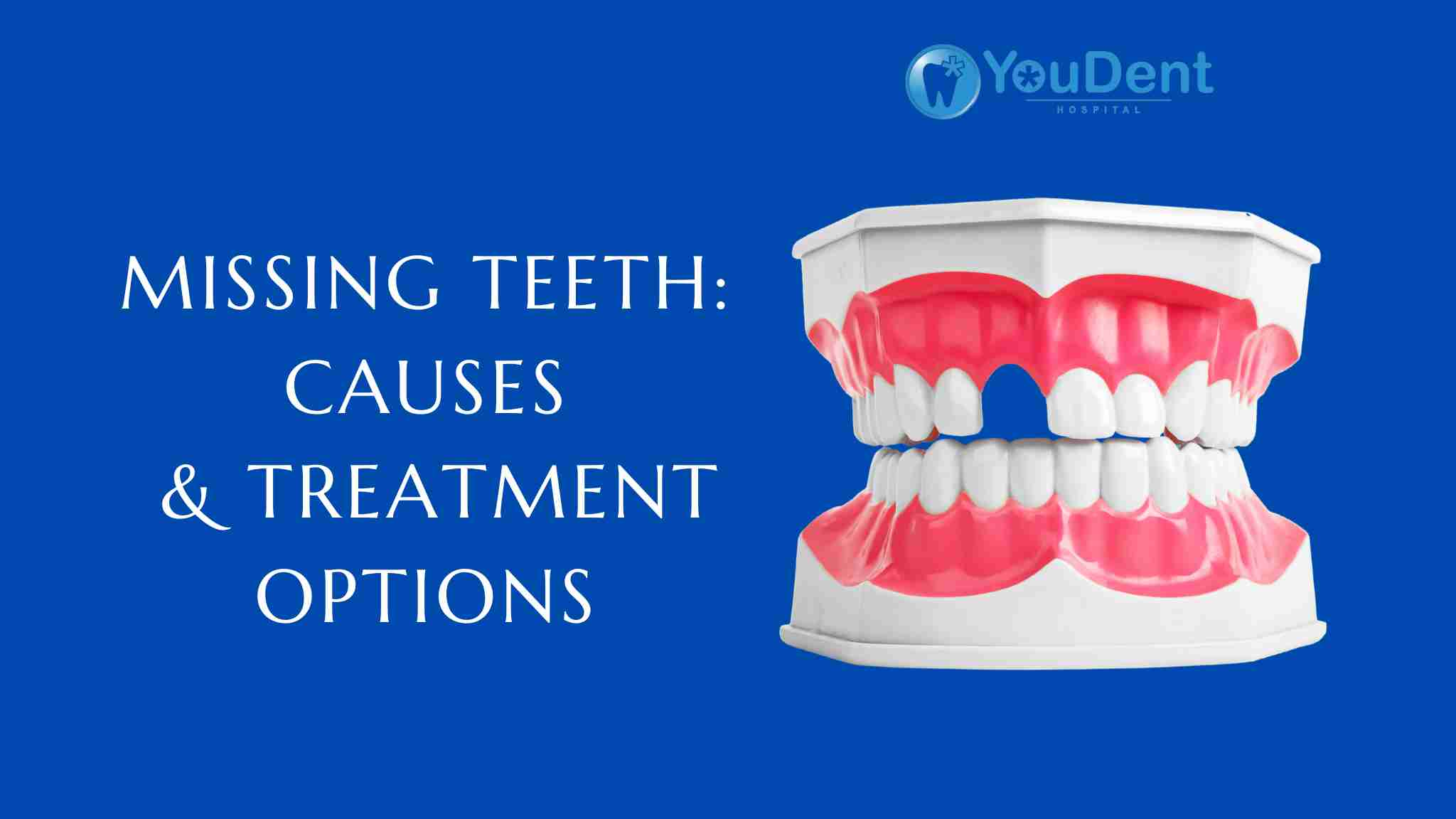
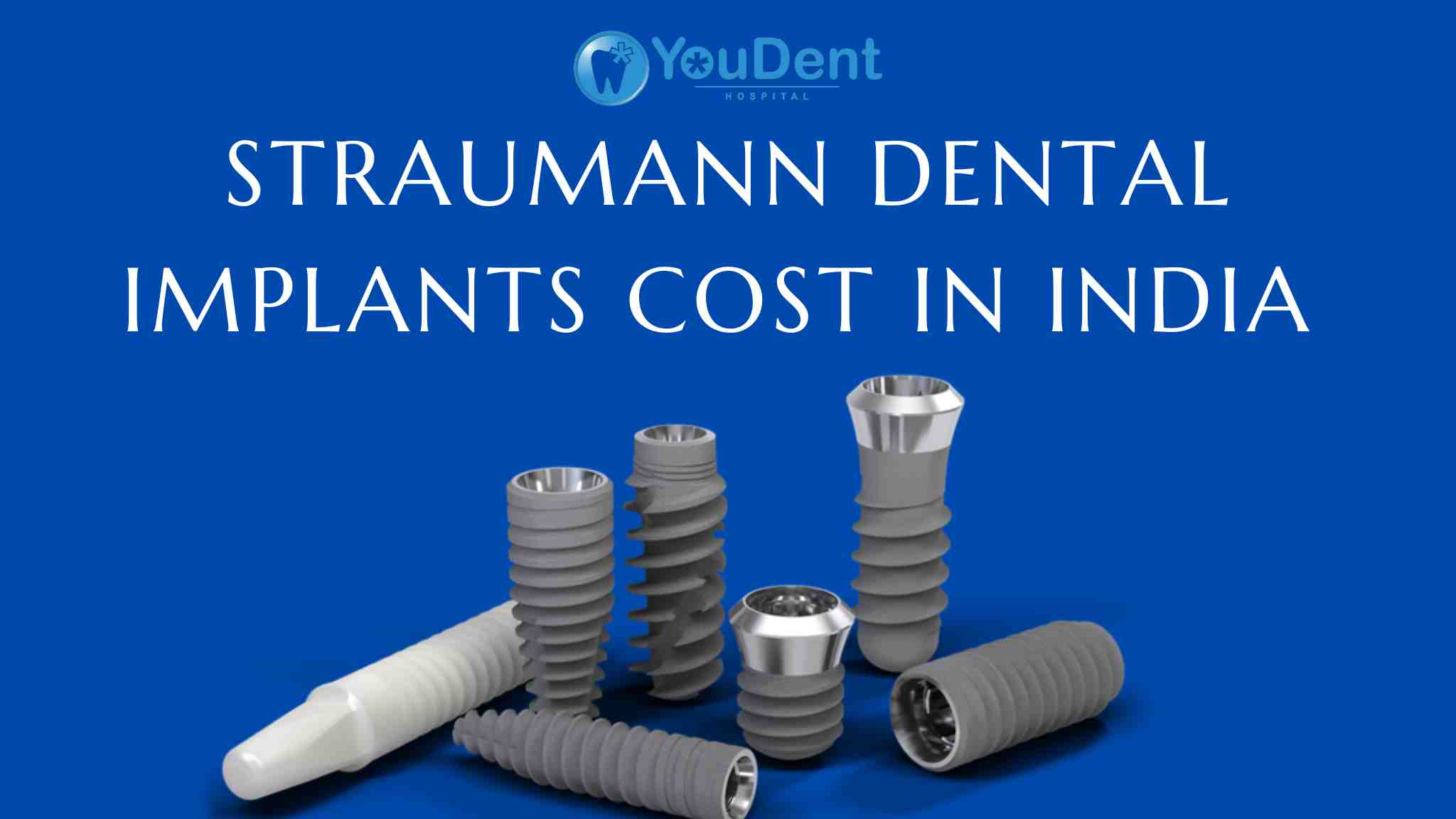

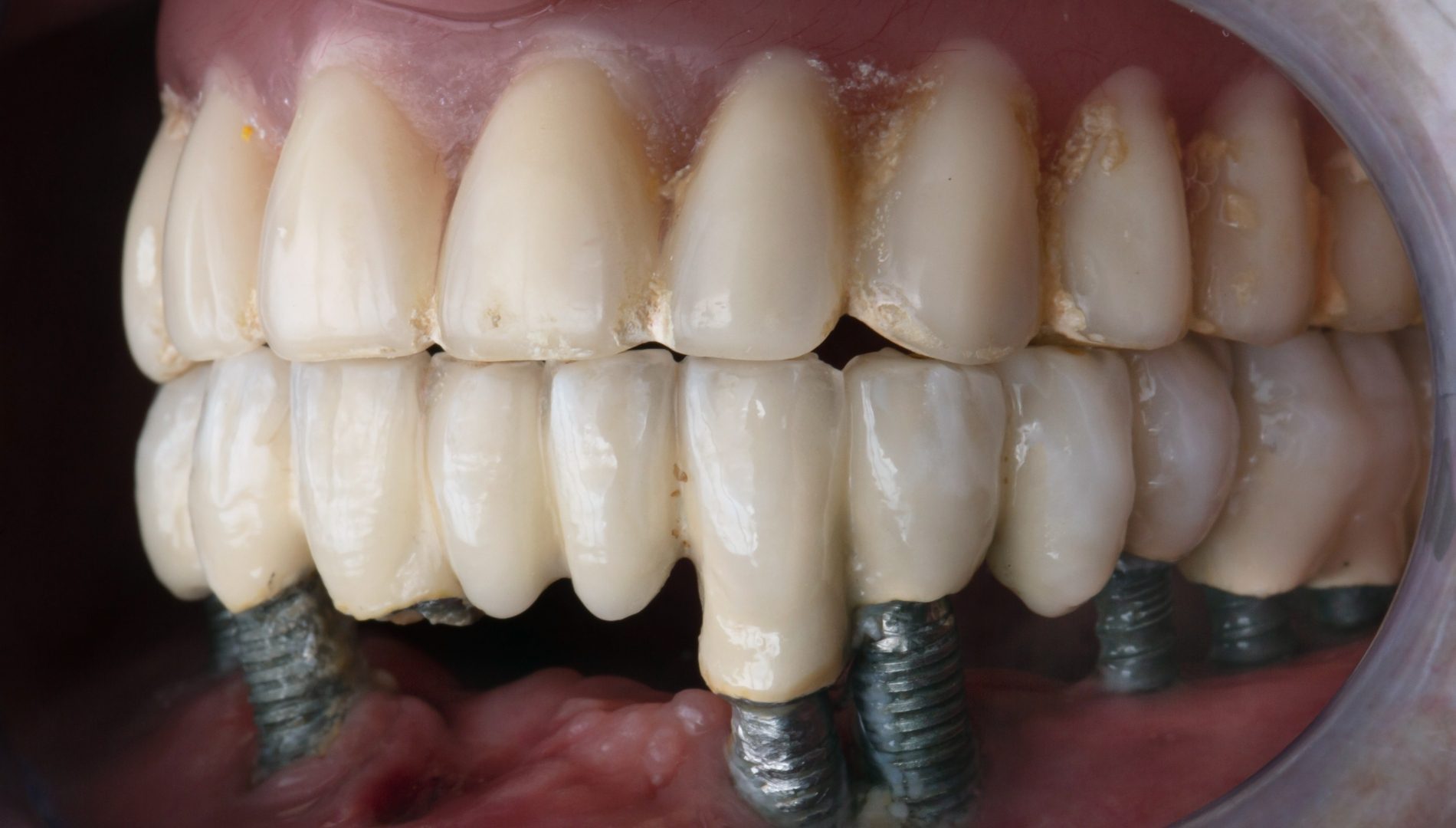
Frequently Asked Questions
All-on-4 dental implants are a method of replacing an entire arch of teeth using just four implants, providing a stable and secure foundation for prosthetic teeth.
Costs can range from 1,50,000 to 3,00,000 per arch, depending on various factors including location, dentist expertise, and specific patient needs.
Yes, the strategic placement of implants minimizes the need for bone grafting, making it suitable for many patients with lower bone density
With proper care, All-on-4 implants can last a lifetime, offering a permanent solution to tooth loss.
Technological advancements like digital imaging, guided surgery, and 3D printing enhance precision, customization, and overall success rates of All-on-4 implants.
